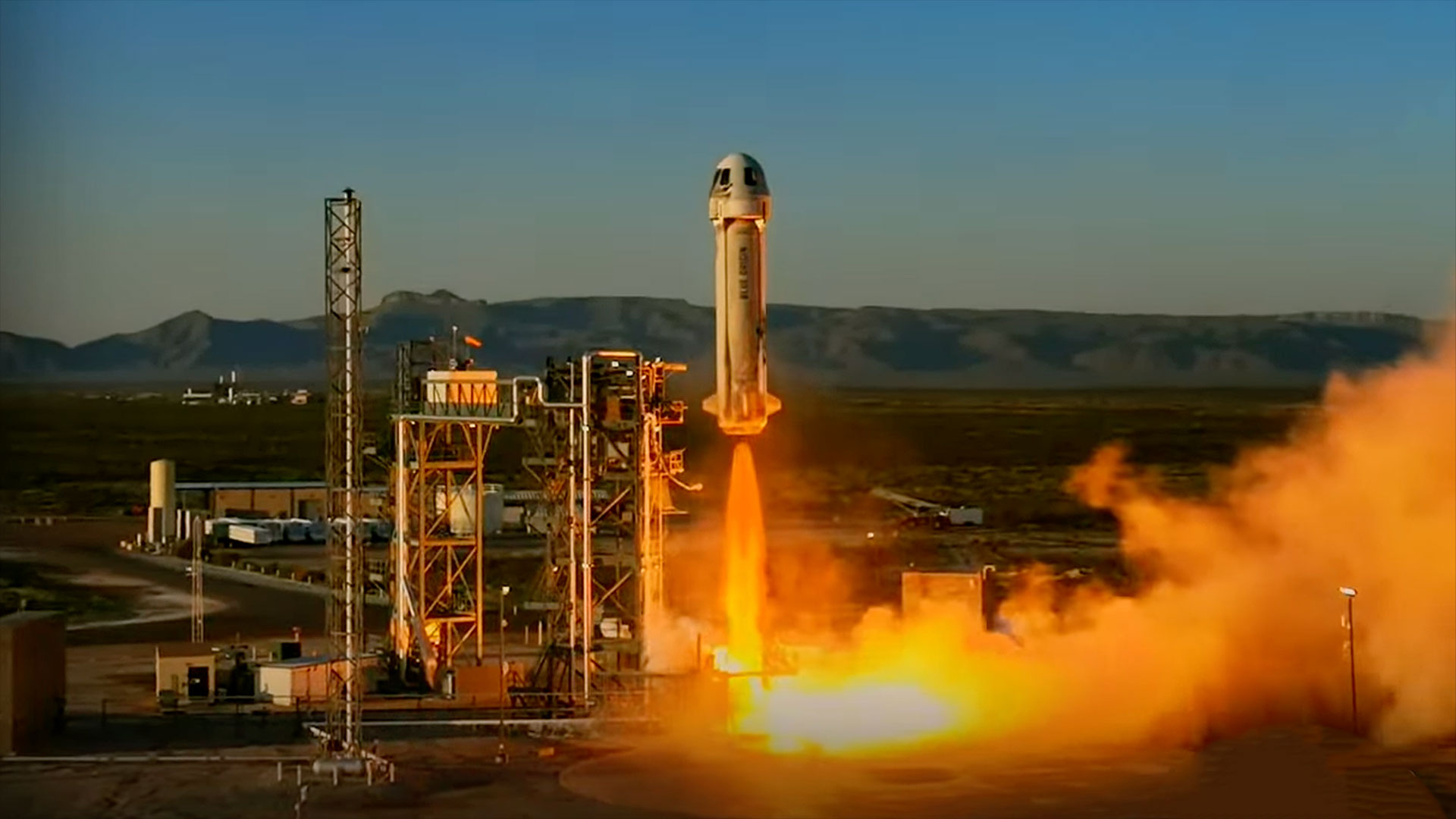Cloud Kings: 'Geostorm' Film Imagines Human-Controlled Weather
A new extended trailer for the upcoming disaster-flick "Geostorm" portrays a future in which humans alter the weather, something real-world scientists have tried to do.
In the world of "Geostorm," humans have built spacecraft that can deploy flocks of satellites to dissipate clouds and subdue other violent weather patterns, thus saving civilization from the devastating effects of hurricanes, tornadoes and other natural disasters. But things go wrong when one of the spacecraft apparently malfunctions and deploys satellites that initiate a disaster rather than stop one.
Putting aside for a moment the awful dialogue (and plot devices, and characters), the movie appears to draw an interesting premise from a real-world concept called weather manipulation.
One area of weather manipulation given significant attention by scientists is called cloud seeding, in which salts or other chemicals with crystalline structures are injected into cloud systems. This is done to essentially pull precipitation out of the clouds. Researchers thought the method could be used to provide water to drought-stricken areas. Although researchers have investigated the practice for many decades, they have not shown it to be sufficiently reliable or predictable enough to become a regular practice.
More recently, scientists have been discussing the need for what is being called "geoengineering" or "climate engineering," which would aim to alter the Earth's atmosphere in order to combat the effects of climate change, caused by the huge volume of greenhouse gasses that humans have pumped into the atmosphere. Some potential approaches might include spraying particles into the atmosphere to reflect sunlight and thus reduce atmospheric heating. But astronomers have raised the concern that this could harm Earth-based observations of the cosmos by blocking or scattering certain wavelengths of light.
Scientists could also develop geoengineering techniques for Mars, rather than Earth. Billionaire entrepreneur Elon Musk has publicly discussed his vision to terraform Mars, which would mean making the planet fit to host plants, animals and humans (outside of climate-controlled habitats).
Some weather manipulation isn't necessarily aimed at preventing natural disasters. Last week, scientists launched a rocket carrying a system capable of creating colorful, artificial clouds. The purpose of those clouds, however, is to trace the motions of particles in the ionosphere, not to create artificial weather patterns. The faux clouds could help scientists trace otherwise-invisible particles in the atmosphere, and better understand phenomena such as aurorasj, according to NASA.
Breaking space news, the latest updates on rocket launches, skywatching events and more!
That's not to say that "Geostorm" will accurately represent real-world efforts to manipulate the weather — or that it will even respect the most basic laws of physics — but perhaps the movie will surprise audiences with a nod to real-world atmospheric science.
Follow @callacofield on Twitter. Follow us @Spacedotcom, Facebook and Google+. Original article on Space.com.

Calla Cofield joined Space.com's crew in October 2014. She enjoys writing about black holes, exploding stars, ripples in space-time, science in comic books, and all the mysteries of the cosmos. Prior to joining Space.com Calla worked as a freelance writer, with her work appearing in APS News, Symmetry magazine, Scientific American, Nature News, Physics World, and others. From 2010 to 2014 she was a producer for The Physics Central Podcast. Previously, Calla worked at the American Museum of Natural History in New York City (hands down the best office building ever) and SLAC National Accelerator Laboratory in California. Calla studied physics at the University of Massachusetts, Amherst and is originally from Sandy, Utah. In 2018, Calla left Space.com to join NASA's Jet Propulsion Laboratory media team where she oversees astronomy, physics, exoplanets and the Cold Atom Lab mission. She has been underground at three of the largest particle accelerators in the world and would really like to know what the heck dark matter is. Contact Calla via: E-Mail – Twitter

